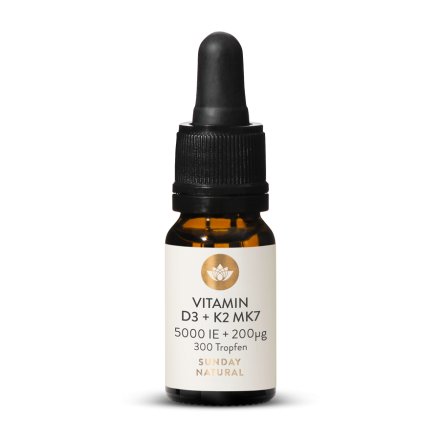Zechsal Magnesium Oil
Zechsal magnesium oil - also known as magnesium oil - is not actually an oil, but a 31% magnesium chloride solution that is absorbed transdermally. The saturated solution consists of magnesium chloride salt and crystal water as well as the natural trace elements of the Zechstein sea. The solution owes its name to its oily consistency, which gradually dissipates as it is absorbed into the skin; any salty residue can also be washed off with water. The spray nozzle is ideal for quick and direct application.
Magnesium Chloride
Magnesium chloride takes fully ionic forms when dissolved in water, making it highly bioavailable. In human cells, approximately 10% of magnesium is in an ionic form, whereas the rest is bound to other tissue structures and enzymes, one of which is the ATP molecule ("fuel molecule"), which is able to produce energy only when magnesium ions are present. Below an intracellular concentration of 10mmol ionic magnesium, there is no basis for the formation of stable and properly folded proteins.
Magnesium ions enter the body in different ways depending on the compound and the type of administration (oral, transdermal, or intravenous). In the case of transdermal application, magnesium ions are applied locally and contact with the gastrointestinal tract is avoided. Transdermal application is also associated with benefits for the skin.
Transdermal Magnesium
As a natural cosmetic, transdermal magnesium offers a reliable and effective method for applying magnesium to the skin. It has a range of beneficial properties, including:
- No risk of gastrointestinal irritation
- Suitability for the elderly
- No laxative effect on the skin even at high doses
- Ideal for point massage after sport, also for muscle cramps
- Suitability for pregnant and breastfeeding women
- The ability to target specific areas for massage and skin care (muscle cramps, ageing spots, joints, etc.).
It is believed that the perspiratory glands play a key role in the absorption of magnesium through the skin and into the blood. The cells responsible for the reabsorption of magnesium while sweating are particularly important, as they prevent magnesium loss. Increased absorption through palms, soles, armpits, forehead, and the inner side of the elbows is to be expected, because the perspiratory glands in these areas have a particularly high density (120-370 per cm²).


























